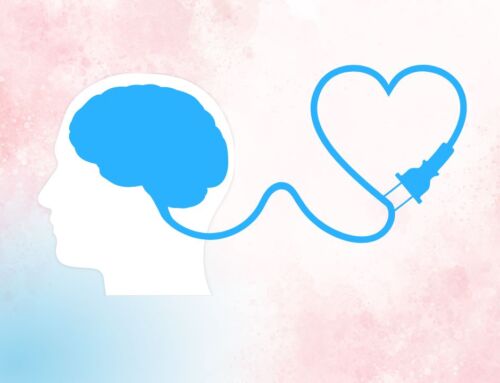Just when we thought the pandemic was going away, cases are again surging as the Delta variant spreads among us, landing the unvaccinated people in the hospital and overwhelming our medical system. This is creating a whole new wave of stress over how to cope. Parents sending kids back to school or off to college, workers wondering whether to return to the office, everyone unsure what the future holds — who doesn’t feel worried, frustrated, and disappointed?
Many of us hoped that once people got vaccinated, the pandemic would fade and life would get back to normal. That hasn’t happened, because not enough of us got vaccinated, and it’s a shocking disappointment. Add the relentless parade of bad news — earthquakes, floods, fires and drought, the fall of Afghanistan, you name it — and 2021 is starting to feel like 2020, the sequel!
While our news feeds overflow with alarming messages, each person faces their own personal struggles. We are each carrying a bag of rocks, and no one else knows just how heavy that load feels.
So for Self-Care Awareness Month, I’d like to share something that can help: mindful self-compassion through a strategy I call SNAP.
SNAP stands for:
Soothing Touch
Name the Emotion
Act
Praise
You’ve probably heard the acronym STOP, which stands for stop, take a breath, observe, and proceed. Developed by Dr. Jon Kabat-Zinn in 1979 as part of Mindfulness Based Stress Reduction, STOP is a simple way to grasp mindfulness. But we have learned a lot more about neuroscience and our ability to calm our minds and emotions in past 40 years since STOP became a common tool.
Let’s start with soothing (or supportive) touch. Today, we know that if you put your hands on your body with intention and attention, this releases oxytocin and endorphins, providing a more effective way to pause, switch into a mindful state, and calm your nervous system.
Naming the emotion is also a key part of SNAP. When you name the emotion you feel, you widen your perspective. You can see that feelings and moods come and go, but don’t define you. This doesn’t mean you avoid difficult feelings. Instead you can let these emotions flow through, like clouds on the sky of your mind.
So let’s put it together and see how it works:
S
Soothing Touch
When you feel stress, place your hands where you find it soothing – it might be your chest, belly, hugging your upper arms, or cradling your face. Try different locations and see which feels most soothing. This supportive touch will allow oxytocin and endorphins to flow through you to help calm your nervous system. You can also place your hands on the area where you notice constriction and soften around the area by inclining your mind with thoughts of a warm compress or warm oil.
N
Name the Emotion
Name what you are feeling in the moment. Is it worry? Sadness? Anger? Loneliness? Naming what you feel helps calm your body’s stress response and gives you time to locate it in your body, while giving you the perspective to know that you are not your emotions.
A
Act
It’s time to use a tool to help yourself feel better. Asking the ultimate Mindful Self-Compassion question, “What do I need right now?” is the best place to start. Then do what you can reasonably do with what you’ve got in the moment. For example:
Whether it is looking out the window, taking a walk, breathing deeply, or calling a friend, use whatever tools work for you to shift your mindset and your mood.
P
Praise
Give thanks for your practice for helping you manage stress. Thank yourself for showing up day after day, trying to do your best. Thank the universe, or your spirit of choice, for giving you the strength and courage to keep on keeping on.
Many people think of praise in relation to religion. If you are religious, you can give praise and thanks to your deity. But you don’t have to be religious to cultivate a sense of gratitude and enjoy all the benefits it brings for your health and happiness. When you give thanks, the gratitude you feel starts an upward spiral of positive reinforcement. This can help you to be compassionate with yourself and others moving forward, and remind you to take time to care for yourself when you need to.
So when you feel anxious, exhausted, depleted or overwhelmed — like you are about to snap — practice SNAP.
Through mindful self-compassion, you can reset so you feel refreshed and ready to embrace your challenging and beautiful life.




















